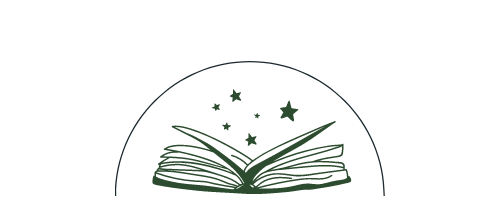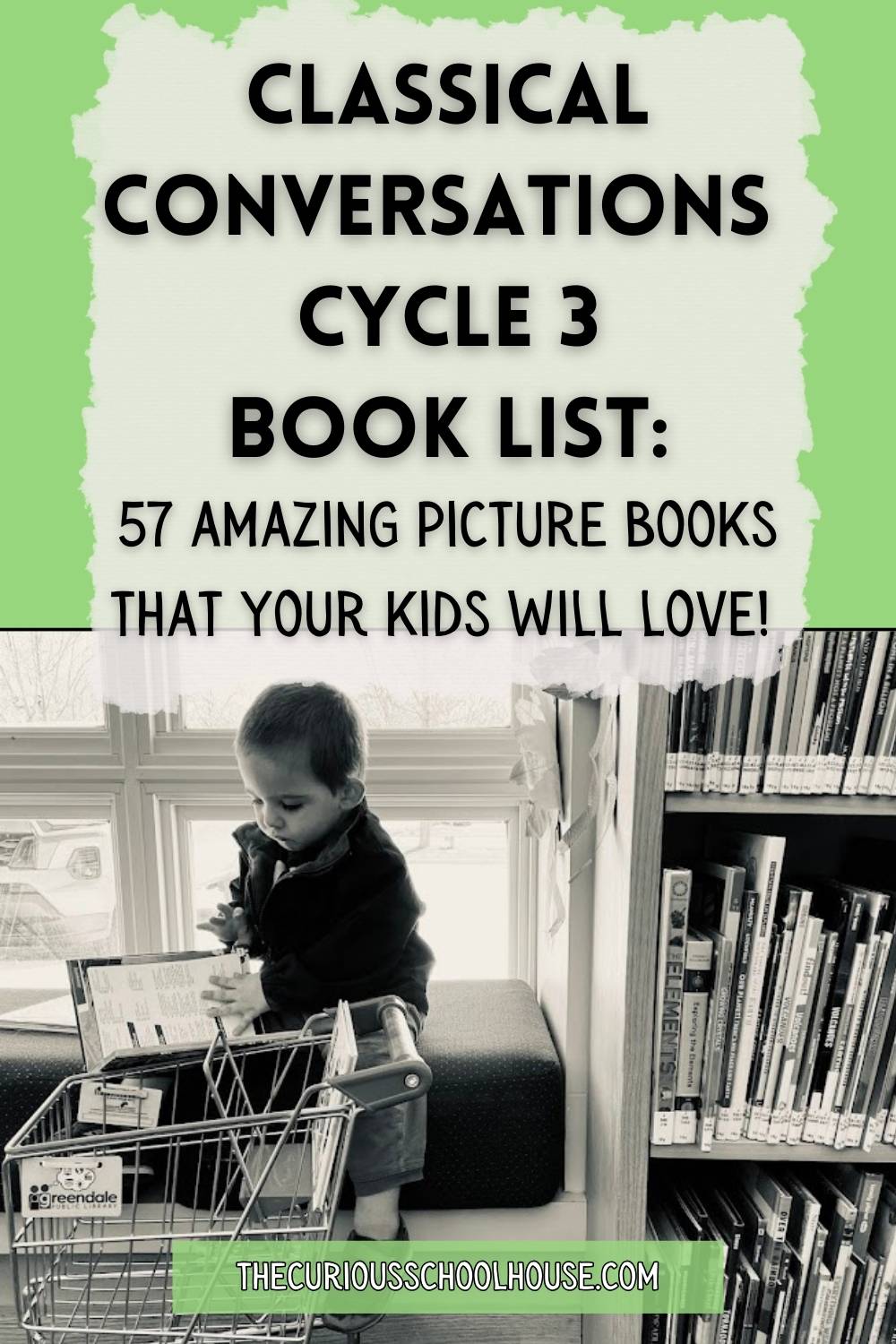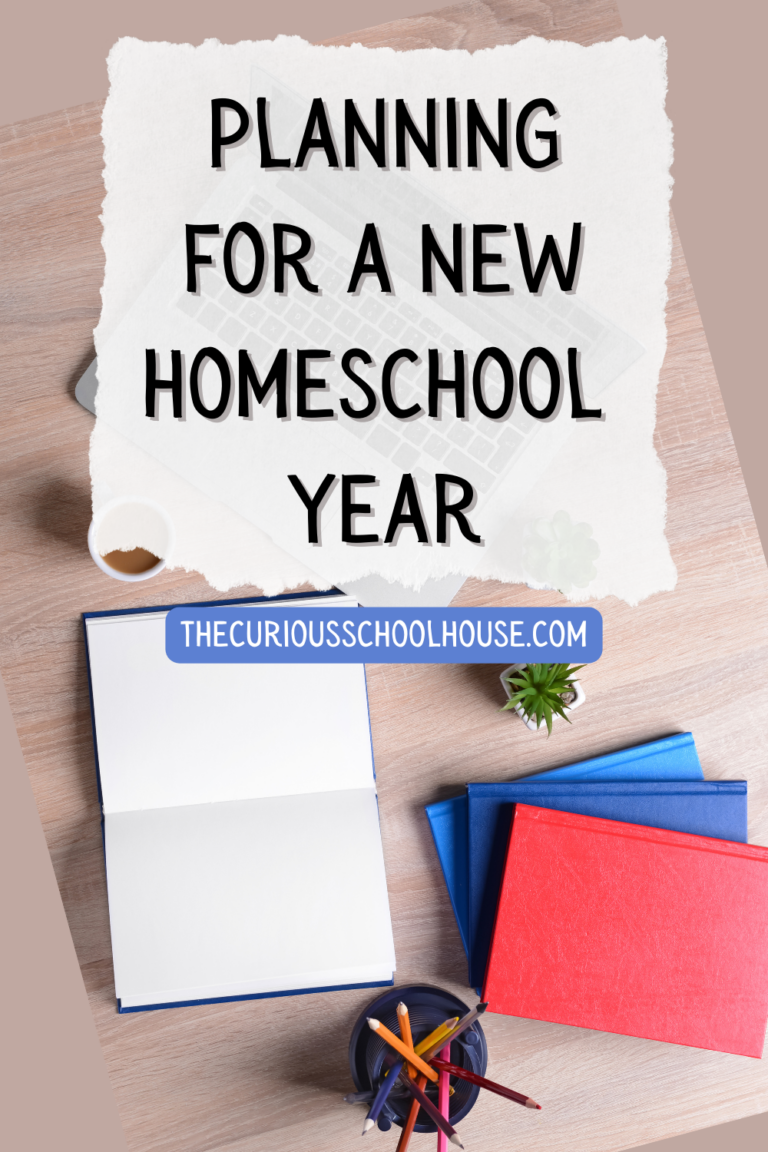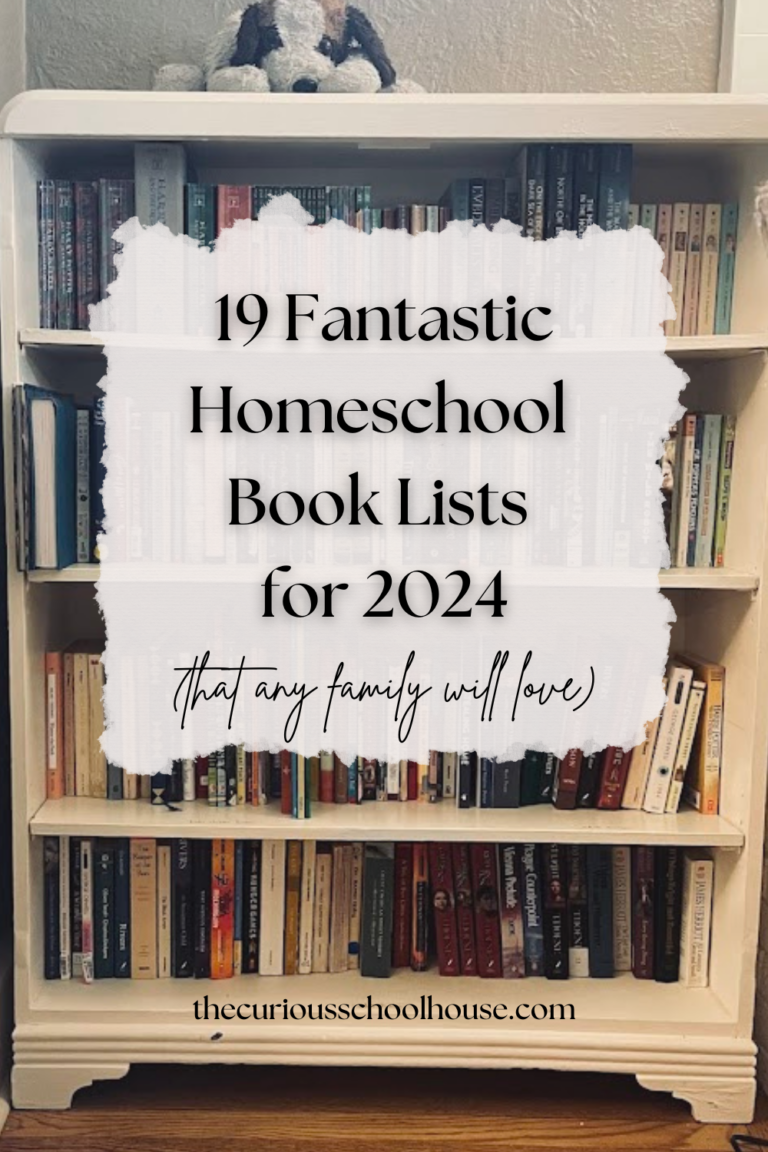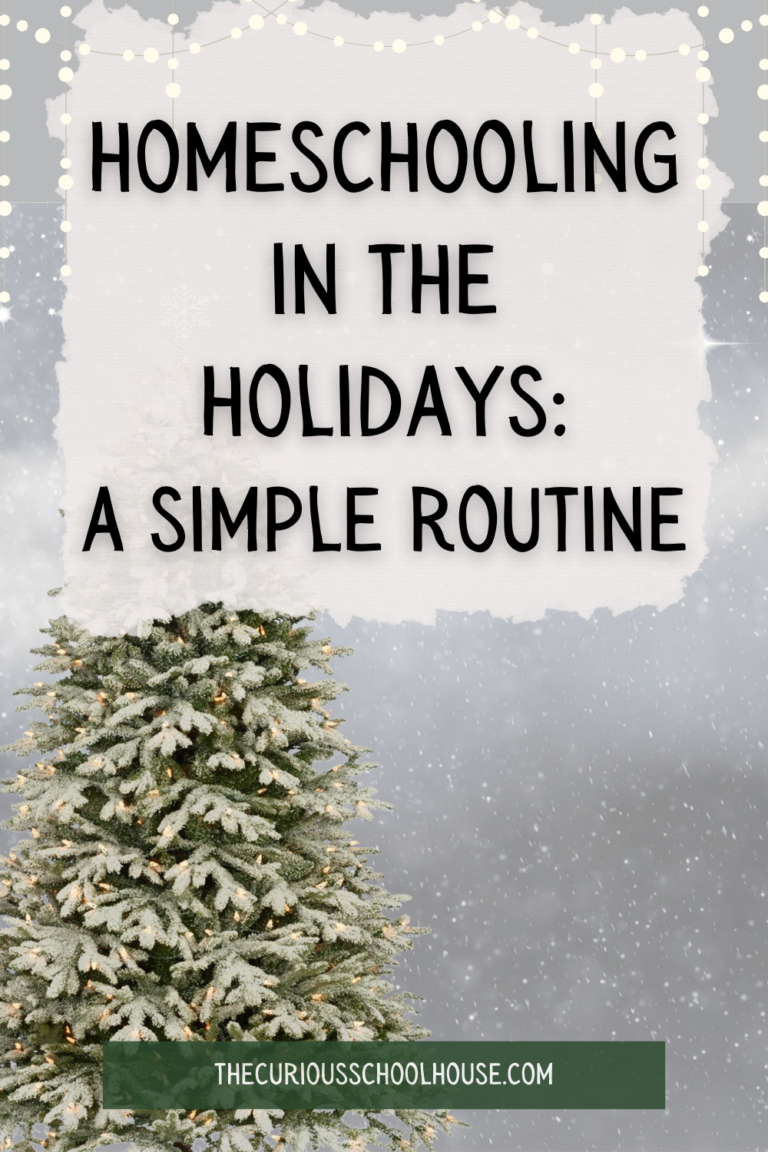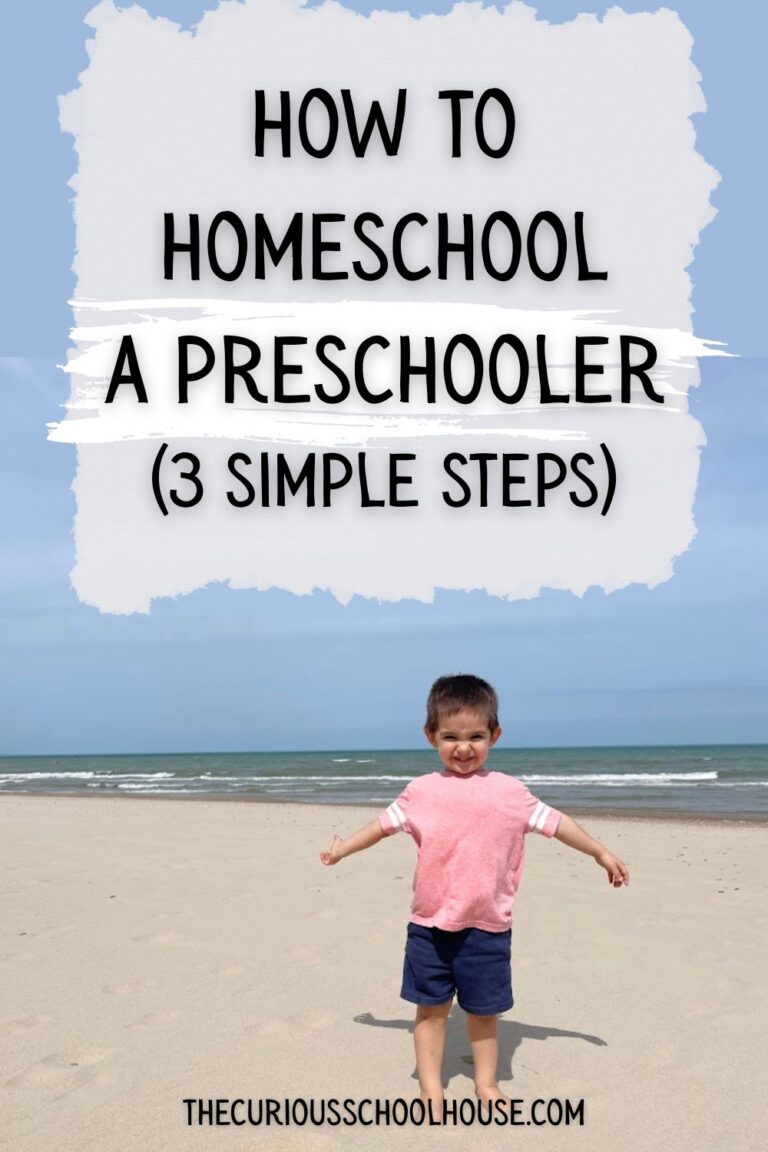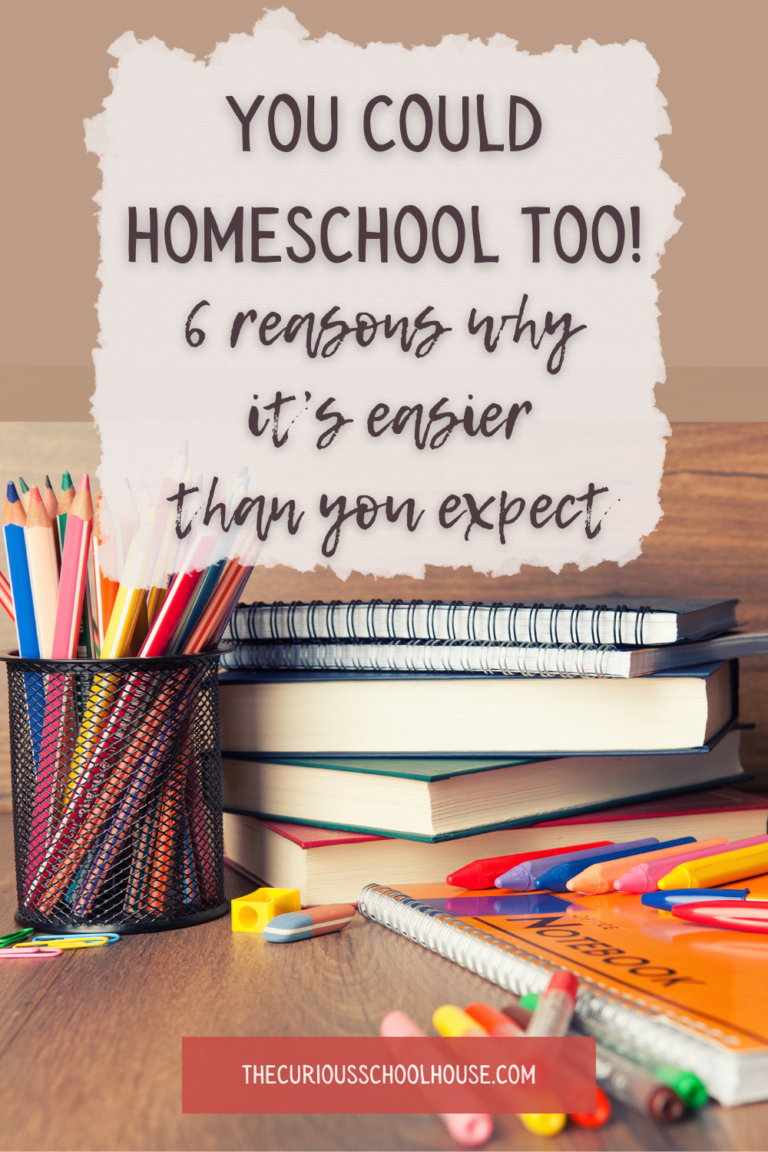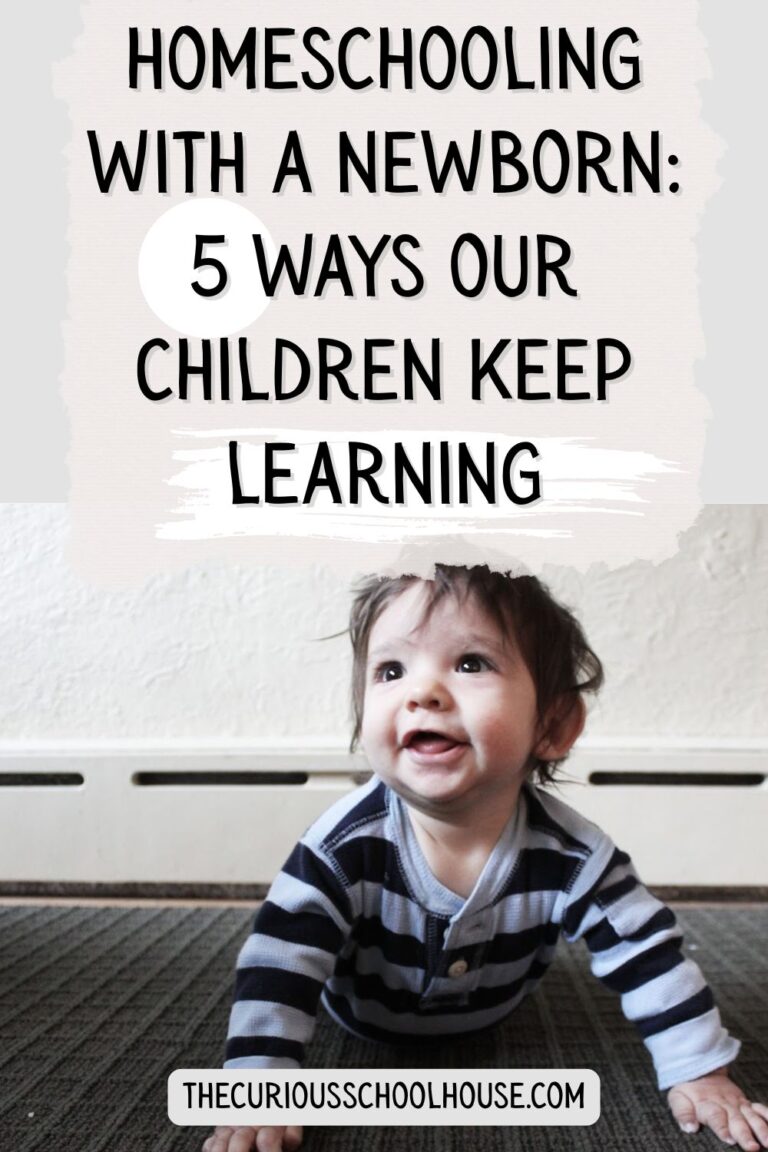CC Cycle 3 Book List: 57 Amazing Picture Books!
This post contains a summary of our third year of Classical Conversations, along with an excellent book list to go along with themes from Cycle 3. These pictures books would be a fabulous addition to any homeschool library, whether or not you are classical homeschoolers!
It’s hard to believe, but we only have three weeks left in our third year of Classical Conversations! As I wrote about last year in a summary of our second year, and in this other post about classical education, we have never been strictly “classical” homeschoolers but we originally joined the group in search of community – which we found! I am deeply grateful for the friends we found there and the experiences our kids have had with them.
In this post I will share how our third year went as well as a huge book list to go along with Cycle 3 themes. If you’re interested in CC, read on – if you’re not, skip to the end and check out all the fabulous picture books!
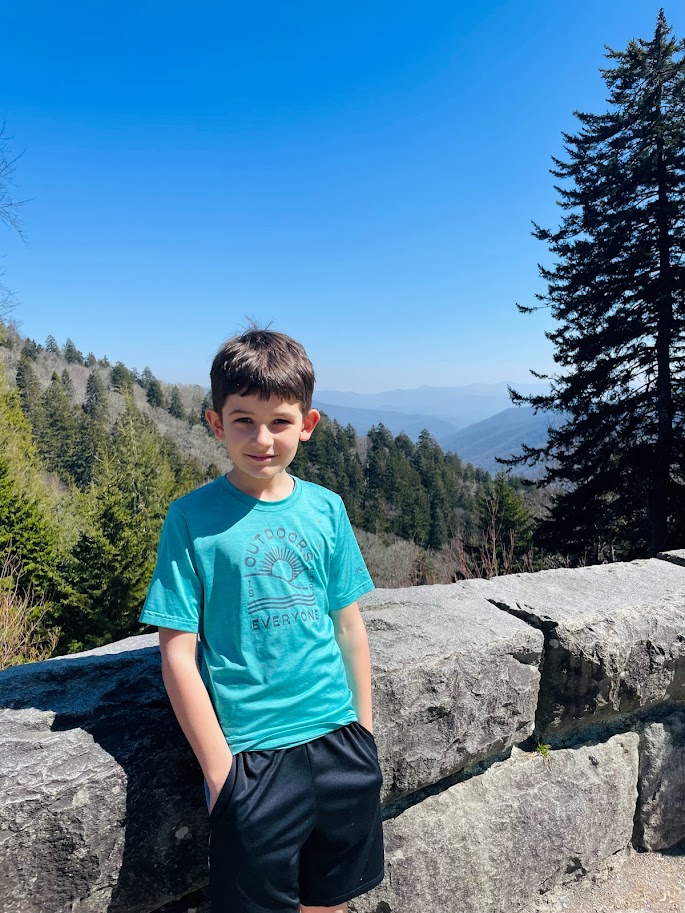
The biggest change to our third year of Classical Conversations was that Big Brother joined the afternoon writing and grammar class called Essentials. This actually meant a fairly large change in what we needed to bring each day, including: books needed for the afternoon class time, more snacks to last through the afternoon, quiet toys for the three middle children to play with during class, and a pack n play, sound machine, and favorite stuffies/blankies so that Baby Brother could nap.
As a result, before the year began I jumped on the homeschool mom bandwagon and got… a Costco wagon. It’s been a lifesaver! What is also a lifesaver is the fact that our older boys are perfectly capable of pulling it themselves, as well as carrying other things for me, which means that if the toddler decides he wants to walk rather than flop helplessly on the sidewalk, I can saunter into the building with only my purse and coffee cup, which feels remarkably luxurious to a mom who has been accustomed to carrying six bags plus four water bottles plus fifty-three books plus various assortments of children for the last ten years of her life.
So, what else does Essentials involve besides packing up and transporting half of my earthly goods each week? The class is broken up into one section on English grammar, one section on writing, and a shorter section of math review games in between. Ironically, Big Brother enjoyed the grammar section (but I didn’t) and I enjoyed the writing section (but he didn’t).
To be very clear, there was no fault with our teacher or the curriculum. I felt that both the grammar and the writing were presented well, in a way that makes sense and is able to be mastered. And I do want my children to understand grammar – just not yet. I agree with Karen Glass when she says that synthetical knowledge must come before analytical knowledge, and grammar – a deeply analytical knowledge – is not necessary before the high school years, unless you are preparing your child to learn Latin grammar which is what Essentials intends.
Now, Big Brother has a unique mind that loves logical patterns and puzzles and therefore he found grammar easy to understand. He loved it! He memorized the rules and the patterns easily and was able to diagram sentences without a problem. However, not all children think this way and for those who don’t, it’s simply too much analysis and not enough synthesis.
The writing portion was much more interesting to me, both because I enjoy writing myself and want to keep improving, and because this subject is more appropriate for fifth graders to be learning. The curriculum used in Essentials is from the Institute for Excellence in Writing and is (as it claims) excellent. It breaks down the writing process into understandable steps which remove any fear and intimidation from the process.
Furthermore, in a series of training videos, the founder Andrew Pudewa encourages parents to help their children as much as needed. I love that advice! Big Brother wrote a handful for short papers throughout the course of the last year and is currently working on a larger research paper project called “Face of History.” This is not work that he naturally enjoys, but it is good for him to learn the process and I am glad he is being pushed to do this.
Unlike Foundations (the morning portion of CC), Essentials comes with various tasks that can be worked on at home throughout the week, at the parent’s discretion. If we wanted to, we could practice diagramming sentences, labeling sentence parts, memorizing grammar charts, writing short papers, revising and editing those papers, and doing short writing exercises included in the textbook.
Important: we have not done all this. We have done some of this practice at home, but not all of it fits with our personal priorities. Furthermore, the intention with Essentials is that each child will go through the same class and the same content for three years in a row, which means on your first time through you don’t have to feel pressure to do/learn/memorize every single thing. I appreciate that!


57 Books for CC Cycle 3
It’s been said that a book for children is not worth reading unless it is just as interesting for the adults reading it too, and that was definitely true of the books on this list. My husband and I enjoyed them thoroughly, sometimes even more than the children!
Note: we didn’t read every title on this list yet; some will be for our summer review.
Because of the Cycle 3 topics being American history and American geography, there are even more wonderful books available than there were for the past two cycles. Whether you use these to review this past year, or save the list for the next Cycle 3 in 2026, or simply enjoy them for fun, I hope some of these books spark your interest.
Math
What’s the Point of Math? by DK
Sir Cumference and the First Round Table by Cindy Neuschwander (and others in that series)
Math Curse by Jon Scieszka
Billions of Bricks by Kurt Cyrus
Science
Knowledge Encyclopedia Human Body! by DK Smithsonian
Look Inside Your Body by Louie Stowell
The Magic School Bus: Inside the Human Body by Joanna Cole
See Inside Your Body by Katie Daynes
Human Body: a Book With Guts! by Dan Green
The Human Body: With Three-Dimensional, Movable Illustrations by Jonathan Miller
The Human Body (Shine a Light) by Carron Brown
Elements by Theodore Gray
The Elements Book: a Visual Encyclopedia of the Periodic Table by DK Smithsonian
Fine Arts
The Story of the Orchestra by Robert Levine
How to Build an Orchestra by Mary Auld
The Story Orchestra: The Sleeping Beauty by Jessica Courtney Tickle
The Story Orchestra: The Nutcracker by Jessica Courtney Tickle
The Story Orchestra: Swan Lake by Jessica Courtney Tickle
Georgia’s Bones by Jen Bryant
Norman Rockwell: 332 Magazine Covers by Christopher Finch (note: I got this from the library and it was GINORMOUS, but we all had so much fun looking through it!)
100 Pablo Picassos by Violet Lemay
History
The Boy Who Fell Off the Mayflower by P. J. Lynch
Columbus by Edgar and Ingri d’Aulaire
The Thanksgiving Story by Alice Dalgliesh
The Pilgrims’ First Thanksgiving by Ann McGovern
Dear Mr. Washington by Lynn Cullen
George Washington by Edgar and Ingri d’Aulaire
Thomas Jefferson Builds a Library by Barb Rosenstock
George vs. George: the American Revolution as Seen From Both Sides by Rosalyn Schanzer
Leave it to Abigail! by Barb Rosenstock
The Fourth of July Story by Alice Dalgliesh
We the People: the Constitution of the United States by Peter Spier
For Which We Stand by Jeff Foster
Shh! We’re Writing the Constitution by Jean Fritz
The Boston Tea Party by Russell Freedman
Abraham Lincoln by Ingri d’Aulaire
Abe Lincoln: the Boy Who Loved Books by Kay Winters
Henry’s Freedom Box by Ellen Levine
Free at Last by Sojourner Kincaid Rolle
How We Crossed the West by Rosalyn Schanzer
The Lewis and Clark Expedition by Jessica Gunderson
The Secret Garden of George Washington Carver by Gene Barretta
Emma’s Poem: the Voice of the Statue of Liberty by Linda Glaser
Thirty Minutes Over Oregon by Marc Tyler Nobleman
Fight of the Century by Barb Rosenstock
Remember the Lusitania! by Diana Preston
The Story of Ruby Bridges by Robert Coles
Hidden Figures: the True Story of Four Black Women and the Space Race by Margot Lee Shetterly
One Giant Leap by Robert Burleigh
Armstrong: the Adventurous Journey of a Mouse to the Moon by Torben Kuhlmann
Geography
Paddle-to-the-Sea by Holling Clancy Holling
Minn of the Mississippi by Holling Clancy Holling
The Great Lakes by Barb Rosenstock
The Camping Trip that Changed America by Barb Rosenstock
River of Dreams: the Story of the Hudson River by Hudson Talbott
Redwoods by Jason Chin
Grand Canyon by Jason Chin
Whew! I probably forgot something, but this should be enough to get you started. Happy reading!
